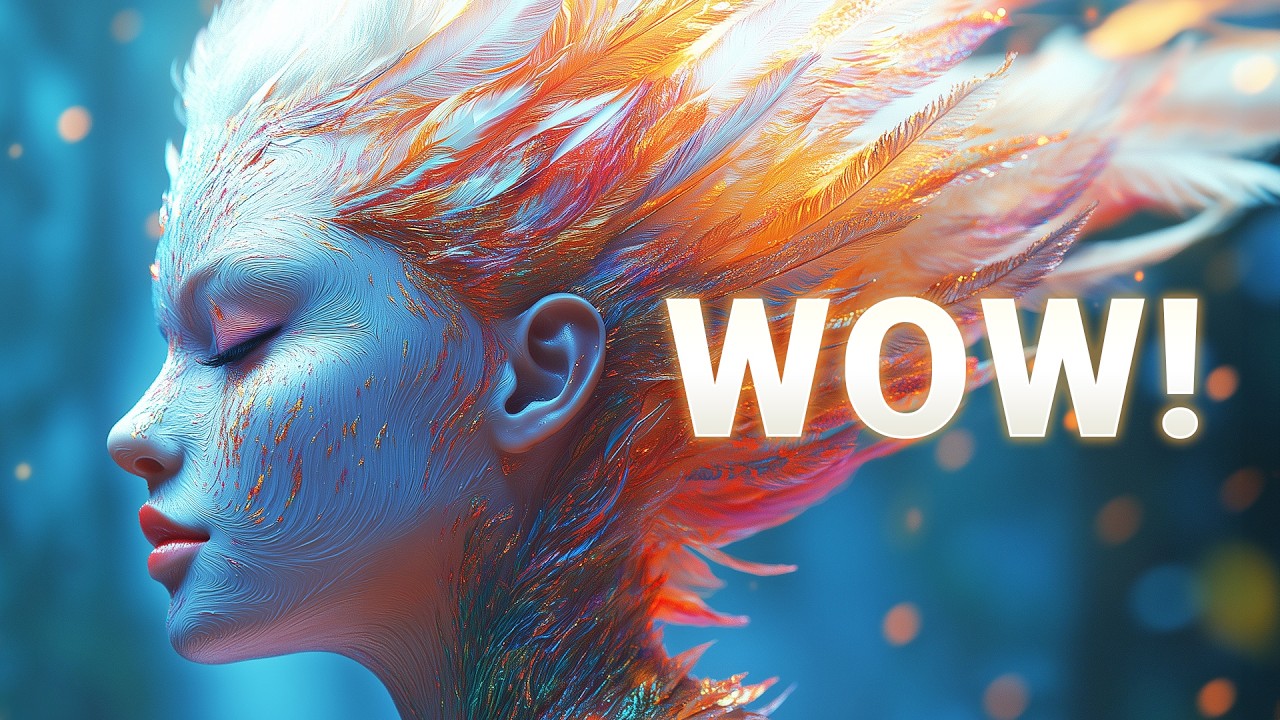Dr. Károly Zsolnai-Fehér introduces Flux, a new open-source text-to-image AI system that rivals DALL-E 3 and Midjourney, emphasizing its impressive image generation capabilities, particularly for photorealistic humans and improved text integration. He showcases Flux’s ability to create high-quality images consistently without needing to discard outputs, and discusses its potential to revolutionize multimedia content creation while encouraging viewers to explore the technology.
In a recent video by Dr. Károly Zsolnai-Fehér, the introduction of a new text-to-image AI system called Flux is showcased. This new AI is touted as being comparable to, or even better than, DALL-E 3 and Midjourney due to its impressive image generation capabilities, particularly in creating photorealistic humans. The standout feature of Flux is its availability for free, making it accessible to everyone, which sets it apart from its paid counterparts.
Flux is available here:
Try:
Run it yourself at home:
https://www.reddit.com/r/StableDiffusion/comments/1eiowqp/quick_windows_instructions_for_using_flux_offline/
Dr. Zsolnai-Fehér demonstrates the capabilities of Flux by generating various images, including those featuring scholars with their papers. He expresses satisfaction with the quality of the images produced, especially noting a significant improvement in the generation of text within images, a common challenge faced by AI image generators in the past. While the generated text is not always integrated perfectly into the image, the quality is notably better than that produced by existing paid systems.
The video further explores how Flux performs in generating complex images, with Dr. Zsolnai-Fehér conducting tests that yield impressive results without any need for cherry-picking or discarding unsatisfactory outputs. He highlights that Flux managed to successfully generate text in images consistently, which is a significant achievement compared to other systems that often struggle with this aspect.
Moreover, Dr. Zsolnai-Fehér discusses the potential of Flux to enhance other techniques that can transform still images into videos, suggesting that this AI could revolutionize multimedia content creation. The model is open-source, allowing users to either try it online or run it locally on their devices, which many enthusiasts are already doing.
Finally, the video concludes with an invitation for viewers to share their thoughts and potential uses for Flux in the comments section. Dr. Zsolnai-Fehér expresses excitement about the future possibilities of such technology, hinting at the potential for it to operate on mobile devices in the near future, and encourages the audience to begin experimenting with this innovative AI tool.
